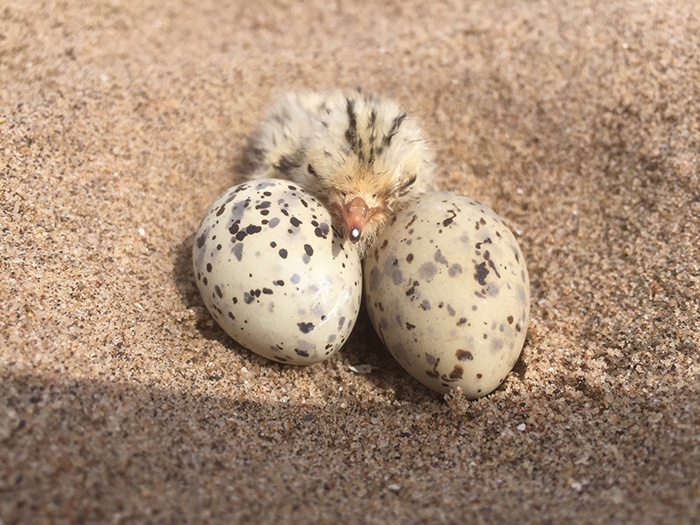
Don’t scare the birds
By Rachel Shaw
Lincolnshire Wildlife Trust
Blackbirds are famed for their rich and fluid song. The word mellifluous could have been coined to describe it.
But they also make other calls. Sharp and staccato. These are the blackbirds alarm calls - used when there is danger nearby, perhaps a bird of prey or a cat. It warns other birds of the risk so they too can act and avoid the danger.
Many birds make alarm calls. If I hear them, I always look around to see if there is a bird of prey. Sometimes you see a blackbird making it’s escape from a sparrowhawk.
But sometimes, I might be the danger. Perhaps I’ve inadvertently walked too close. The blackbird flies off, disturbed from its feeding. Every time a bird is disturbed from feeding, it uses energy and flight uses lots of energy. For birds and many other animals, their lives are an energy tightrope balanced between how much energy they use and how much food they can find.
It is inevitable that we will disturb birds like blackbirds in our gardens and local green spaces. But repeated disturbance of birds can have consequences.
Have you ever sat in your garden and watched a pair of blue tits fly back and forth from a nest box? It’s a joy to watch but raising a family of blue tits must be exhausting. A single chick can eat 100 caterpillars a day and they may be a brood of ten. That’s a lot of caterpillars to find and bring back to their young. And all the time, the blue tit parents have to be alert for predators.
Blue tits don’t know our intentions and if we, or the family dog, get too close, they will see us as predators. Being too close may prevent them from feeding their chicks which I’m sure, no-one who has put up a bird box in their garden would want to do. When birds nest in the boxes we’ve provided, it’s usually very obvious when they are in use. Elsewhere, birds’ nest can be difficult to see and surprisingly many don’t nest in trees.
Many birds nest on or low to the ground. Willow warblers tuck themselves away at the base of trees and bushes in woods and open areas with scattered trees. Meadow pipits hide their eggs in grassy tussocks on commons and meadows. Oystercatcher, ringed plover and little tern eggs and chicks are brilliantly camouflaged amongst pebbles and sand on beaches. And even familiar garden birds like dunnocks and blackbirds can nest close to the ground in bushes and hedgerows at about the height of a Labrador’s nose.
To us, dogs are part of the family, but to birds and other animals, dogs are fearsome predators with sharp, deadly teeth.
A dog inquisitively sniffing at the nest will terrify a bird and may make it take flight. If this happens once, it probably won’t have much impact. But in places with lots of visitors and lots of dogs, this could happen multiple times in a day and young birds are quick to perish if left alone for too long. It’s not just our own actions as individuals but the cumulative impacts of lots of individuals that can be devastating.
Our wildlife is facing so many threats, many of which are out of control, but how we behave is up to us. When visiting a nature reserve, a green space or the countryside, simply staying on a path and keeping your dog on a lead, could make a real difference.
piccaps
Top picture shows a blackbird by Amy Lewis.
Richard Doan’s picture below shows a little tern check with two eggs.

